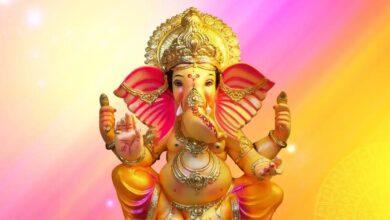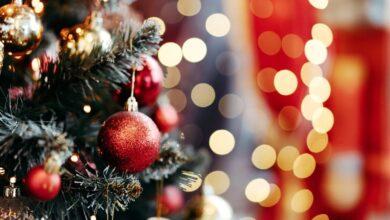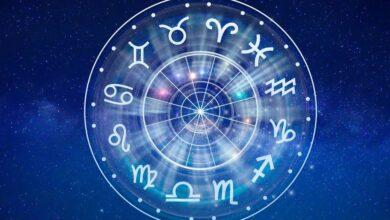Maha Shivaratri 2025:Maha Shivaratri Puja Rituals,Vrat
Maha Shivaratri is predominantly a Hindu festival that happens every year in honour of Lord Shiva. The day marks the marriage day of Shiva.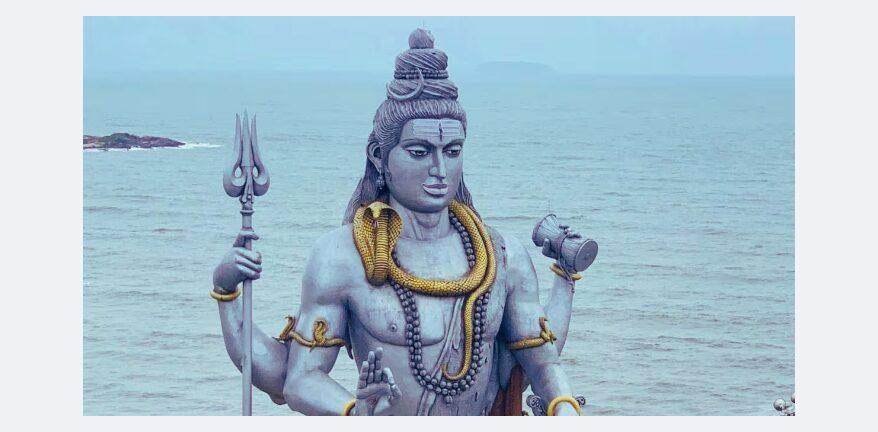
Maha Shivaratri
The day falls right at the end of the winter (late February or beginning of March) or just before the arrival of summer. A major festival for the Hindus, prayers are offered to overcome darkness and ignorance in one’s life. In 2025, the auspicious occasion will be celebrated on the 26th of February, Wednesday. Maha Shivaratri is a Hindu festival that honours God Shiva. It is also called as ‘The Night of Shiva” and is celebrated in a majority of Indian states. Every year, the festival falls on the moonless 14 night of the new moon in the month of Phalgun, which correspondences to the months of March and February according to the English calendar. Devotees discern day and night fast and make ritual worship of Lord Shiva. Maha Shivaratri is a revered Hindu festival that holds deep spiritual significance, signifying the triumph over darkness and life’s obstacles through fasting and meditation. This auspicious occasion marks the convergence of the divine energies of Lord Shiva and Goddess Shakti. It is believed that on this day, the spiritual energies of the Universe are particularly potent. The observance of Maha Shivaratri entails fasting, meditation on Lord Shiva, introspection, promoting social harmony, and vigils at Shiva temples. Unlike most Hindu festivals celebrated during daylight hours, Shivaratri is a unique festival observed during the night.
There are several legends associated with Maha Shivaratri, and its significance is elaborated upon in various Puranas, including the Linga Purana. These texts emphasise the importance of observing Maha Shivaratri Vrat (fast) and paying homage to Lord Shiva and his symbolic representation, the Lingam. According to one legend, it was on this night that Lord Shiva performed the ‘Tandava’ dance, a powerful and divine expression of creation and destruction.
Devotees chant Shiva hymns and recite scriptures, symbolically participating in the cosmic dance performed by the almighty and celebrating his omnipresence. Another legend relates to the marriage of Lord Shiva and Goddess Parvati, which is said to have taken place on this day. This aspect makes the festival especially significant for married couples and unmarried women seeking a good husband. 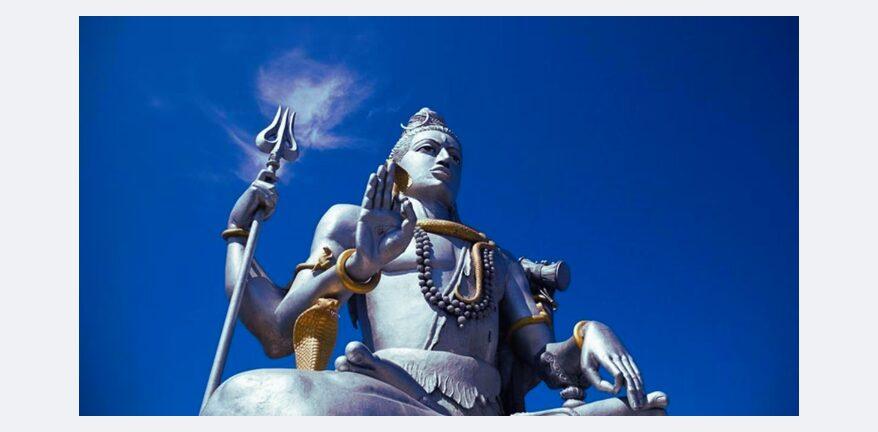
Maha Shivaratri Puja Rituals
The Maha Shivaratri Puja commences in the early hours of the morning, as devotees begin their day with a bath before sunrise, don new attire, and make their way to Shiva temples. This day holds exceptional significance for women, who partake in the traditional Maha Shivaratri Puja involving water, milk, Bel leaves, and fruits like Ber or jujube fruit, along with the use of incense sticks. They perform circumambulations, either three or seven rounds, around the Shiva Lingam, followed by the ceremonial pouring of milk and offerings of leaves, fruits, and flowers, all while worshipping with incense sticks.
The Maha Shivaratri Puja incorporates six significant elements, each symbolising a unique meaning:
Bathing of the Shiva Lingam with water and milk, along with the offering of Bel leaves, signifies the purification of the soul.
The application of vermilion after the bath symbolises virtue.
The presentation of fruits during worship represents the fulfilment of desires and longevity.
The burning of incense sticks is emblematic of wealth.
Betel leaves denote contentment derived from worldly desires.
The lighting of lamps symbolises the attainment of wisdom and knowledge.
One of the central elements of this festival is the night-long vigil at Shiva temples, leading to the organisation of Jaagrans by devotees. Consequently, on the night of Maha Shivaratri, temples resonate with the chants of ‘Om Namah Shivay,’ while men and women sing devotional songs in honour of Lord Shiva.
Maha Shivaratri Vrat
Maha Shivaratri is steeped in legends, and among the most renowned is the story of Goddess Parvati’s arduous penance to secure Lord Shiva as her husband. According to mythological accounts, due to her unwavering dedication, Lord Shiva and Goddess Parvati were united in marriage on the fourteenth day of the dark fortnight in the month of Falgun. This is the underlying reason for the immense importance and auspiciousness attributed to Maha Shivaratri.
The Garuda Purana offers a different narrative that emphasises the significance of this day. According to this legend, a hunter once ventured into the forest with his faithful dog for a hunting expedition but returned empty-handed. Exhausted and famished, he rested by a pond, where he noticed a Shiva Lingam beneath a Bilva tree. Seeking respite, he plucked some leaves from the tree, and by chance, a few of them fell onto the Shiv Ling. To cleanse his feet, he sprinkled water from the pond, inadvertently splashing some onto the Shiva Lingam.
While performing these actions, one of his arrows slipped from his grasp, prompting him to bow before the Shiva Lingam. Unintentionally, he had completed the entire process of Shiva Puja on the day of Shivaratri. After his demise, when the messengers of Lord Yama came to claim his soul, celestial beings from Lord Shiva’s entourage arrived to protect him.
Most Searched Keywords
gyanesh kumar election commissioner


